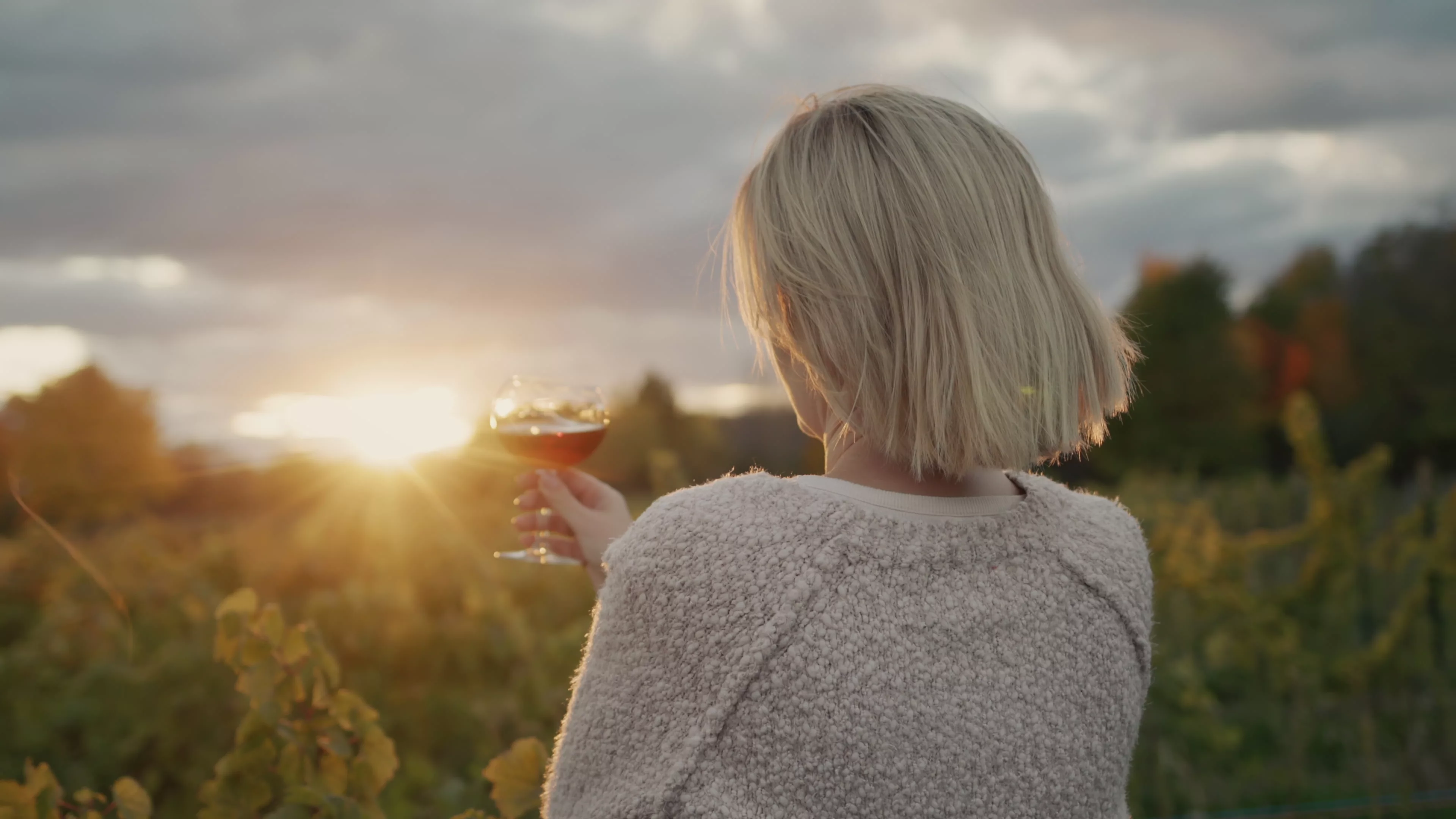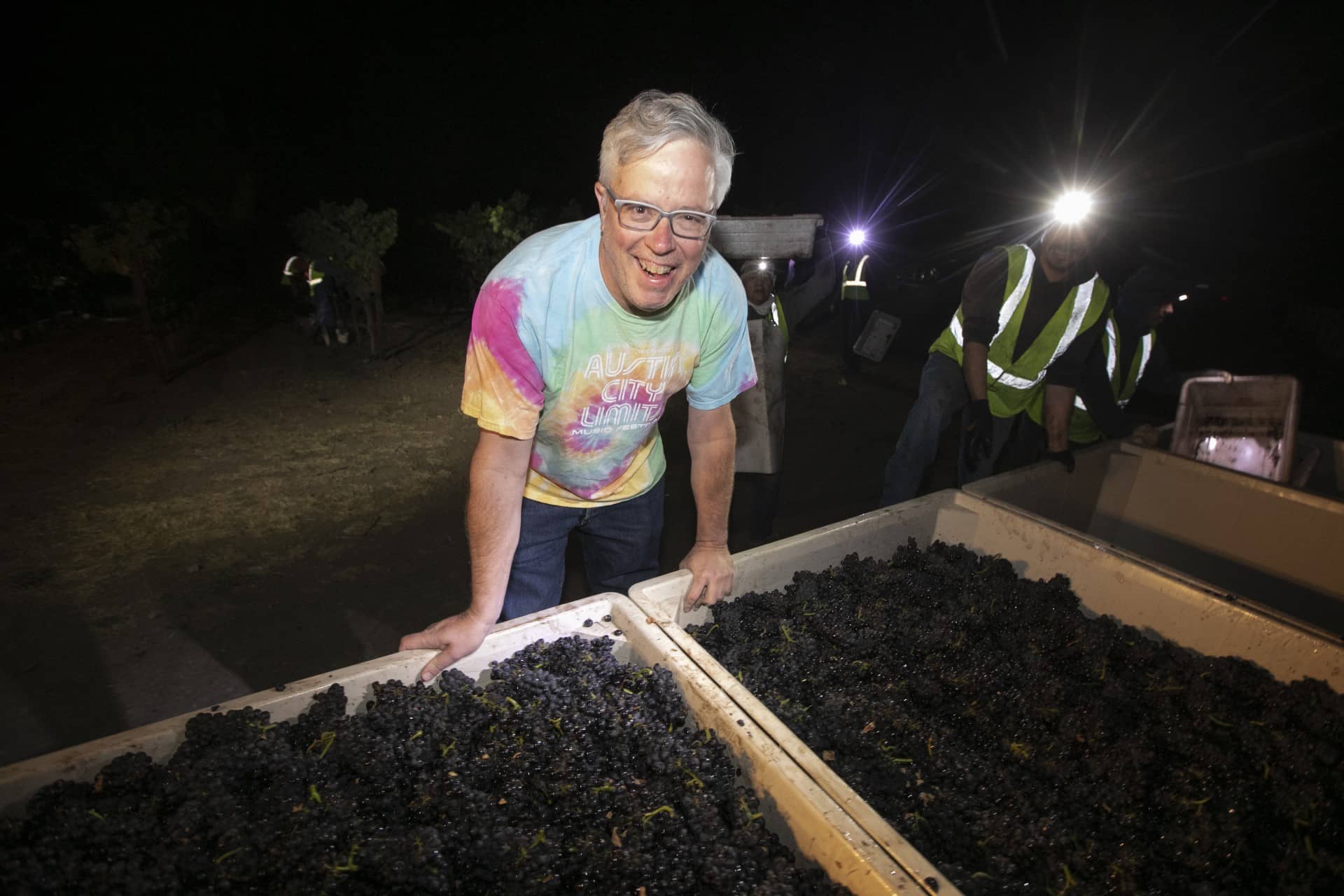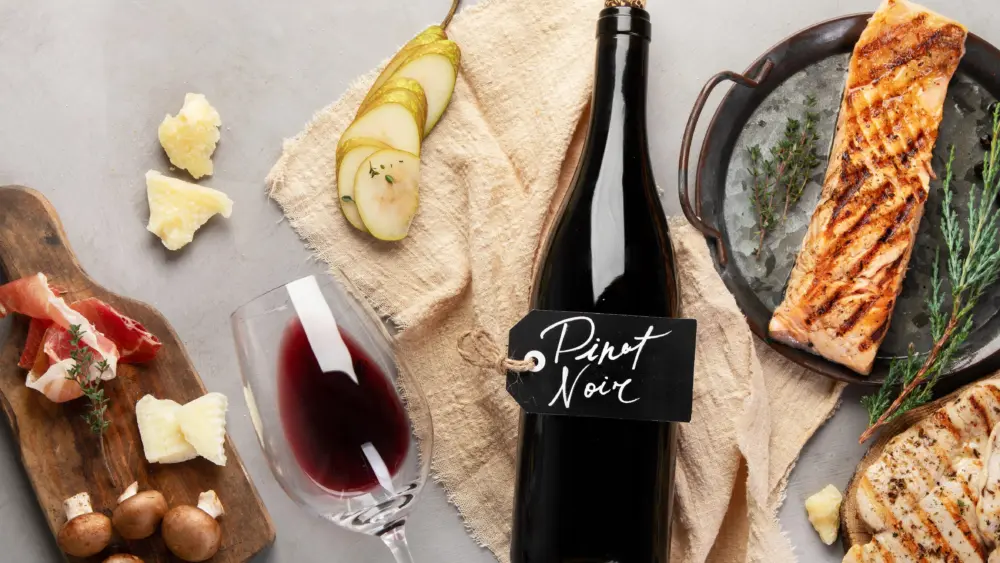
When I started making California pinot noir 30 years ago, I didn’t know a thing about making wine. And the number of producers making consistently exceptional California pinot could be counted on just a couple of hands.
To make up for my lack of knowledge, I tasted and talked with every high-quality pinot maker that would meet with me, and I read every book available about Burgundy. I underlined sentences about pinot noir production in books such as Making Sense of Burgundy by Matt Kramer and Burgundy by Anthony Hanson. They didn’t reveal a lot about the winemaking process, but I ate up every word that they shared. What I ended up taking from this time of research was the idea that there was something of a consistency in how great pinot noir was made. I then adopted those consistent principles as the core of my winemaking technique. Sure, some things would change based on the vintage and vineyard location, but the heart of the process remained the same.
Over the years, as I attended technical events and met with additional winemakers, I learned more and more and came to understand that there was something of a rigidity in my winemaking outlook—and that some other people followed core practices that were slightly different than my own. That knowledge was good for me and led me to open my mind a bit to different ideas. It was a gentle awakening, so to speak. But every now and then, I’d have my mind blown. I’d meet someone who was making outstanding pinot noirs—wines that I loved—and once I got to know the winemaker and we talked about winemaking they would tell me they were doing something completely different from me, and even antithetical to all that I knew about pinot noir. And yet, somehow, their wines were amazing! I was shocked and really didn’t know how to fit that into my winemaking mind.
Fast forward 30 years to this June, when I was in Bordeaux with 20 of my wine club members. Much of Bordeaux seems like Napa on steroids, with wineries filled with the newest and best of everything. Early in the trip we visited Chateau Lynch-Bages and I was astounded by its new winery. The facility is both ultra-modern and impeccably clean. Sorting is done by hand, and then optically and by density, and then berries by hand once again. The entire facility is set up for gravity flow, with tank elevators available to raise up the new grapes and fill fermenting tanks without pumping. These elevators are also available to go below the barrel room so that when aging is complete the wine can be blended in tank by gravity—and ultimately bottled using gravity. I couldn’t help but look at this and think, “Oh my God, this is the future of winemaking, if only we could all afford it.” I had a serious case of vinous envy. And the wines were truly superb.
Then, for the last visit of the weeklong trip, we toured Chateau Pontet-Canet. For some years now, Pontet-Canet has been the favorite Bordeaux of my fiancé, Morét, and me. We’ve had multiple vintages, and they all seem to hit our palates perfectly. Despite this, I knew little about how their wine was made. Perhaps I was expecting something along the lines of Lynch-Bages, but what I got was just the opposite. I met the horses that they use to pull equipment through the vineyard. I saw the cow horns and the manure they fill them with in their biodynamic preparation. I saw the most amazing sorting tables and destemmers, all operated entirely by human hands. Yes, they destem by hand through a screen. The cellar itself is old, without a visible stainless-steel tank. Thei goal at Pontet-Canet is to make wine without the use of electricity. And, once again my mind was blown.
In trying to understand this experience in Bordeaux, and my early life experience with pinot noir, I can only come up with two consistent winemaking principles that fit all the experiences.
The first is “really good grapes.” Getting really good grapes is essential to making superb wine. All of the wineries I mentioned—in Bordeaux and that made (and make) outstanding pinot noirs begin with really good grapes.
The second principle is far more nebulous and sounds remarkably New-Agey: Believe in what you are doing. At Lynch-Bages they believe in technology. They believe in it so much that they’ve spent untold millions of dollars on having one of the most state-of-the-art winemaking facilities in the world. At Pontet-Canet they are equally strong in their beliefs. They have stables where they take care of the horses that tend their vineyards. They provide living quarters for the 40 workers they bring in each year just to sort and destem their grapes by hand. That’s 40 sorters on top of the cellar help they bring in each harvest. That’s how much Pontet-Canet believes in their way of making wine.
Faith isn’t a term used very often in winemaking circles. We like to pride ourselves in our scientific knowledge and the ability to craft superb wines year after year. But perhaps we should talk about faith and our beliefs more. And the next time you meet a winemaker, try asking them what they believe. Other than asking them about their grapes, I don’t know that there is a more important answer they could provide you.




